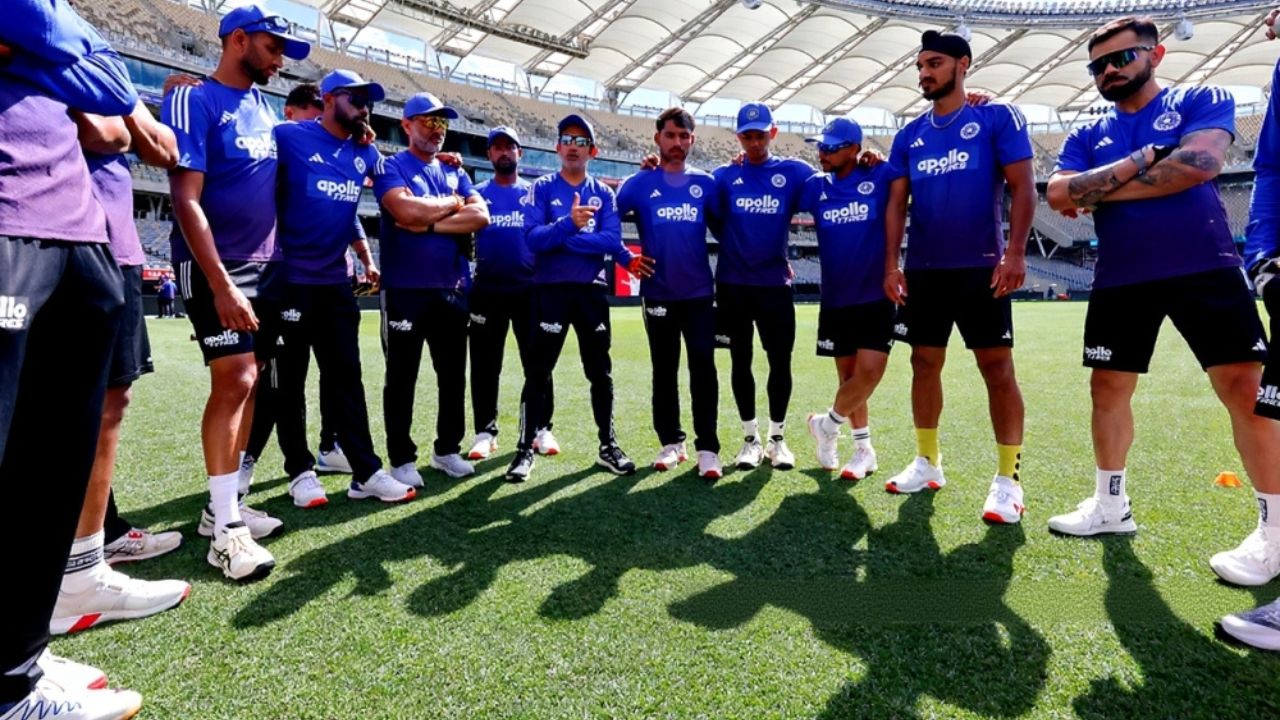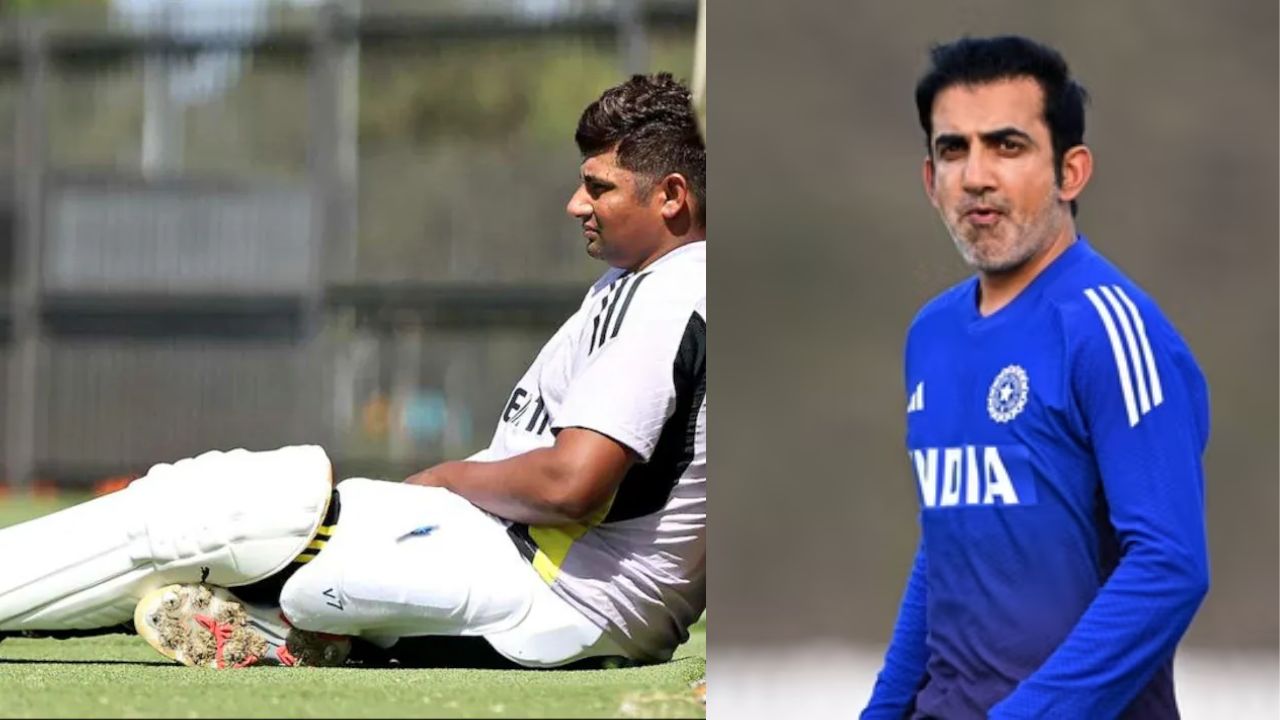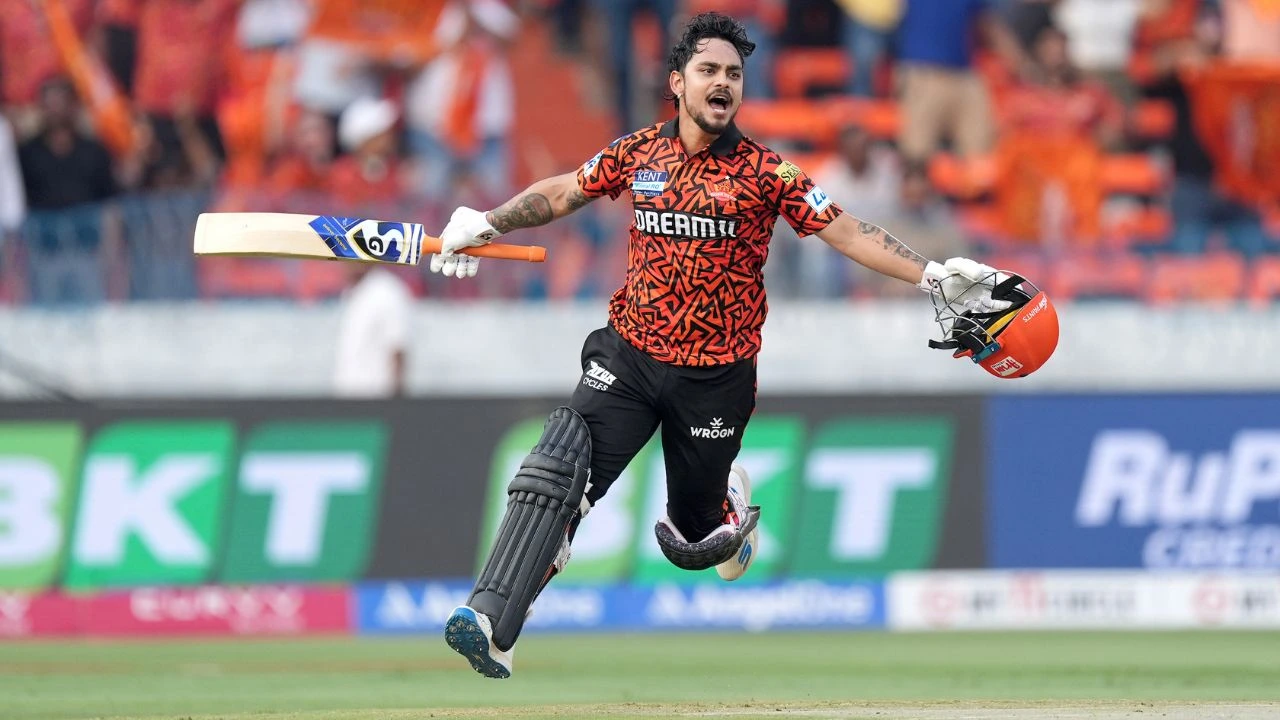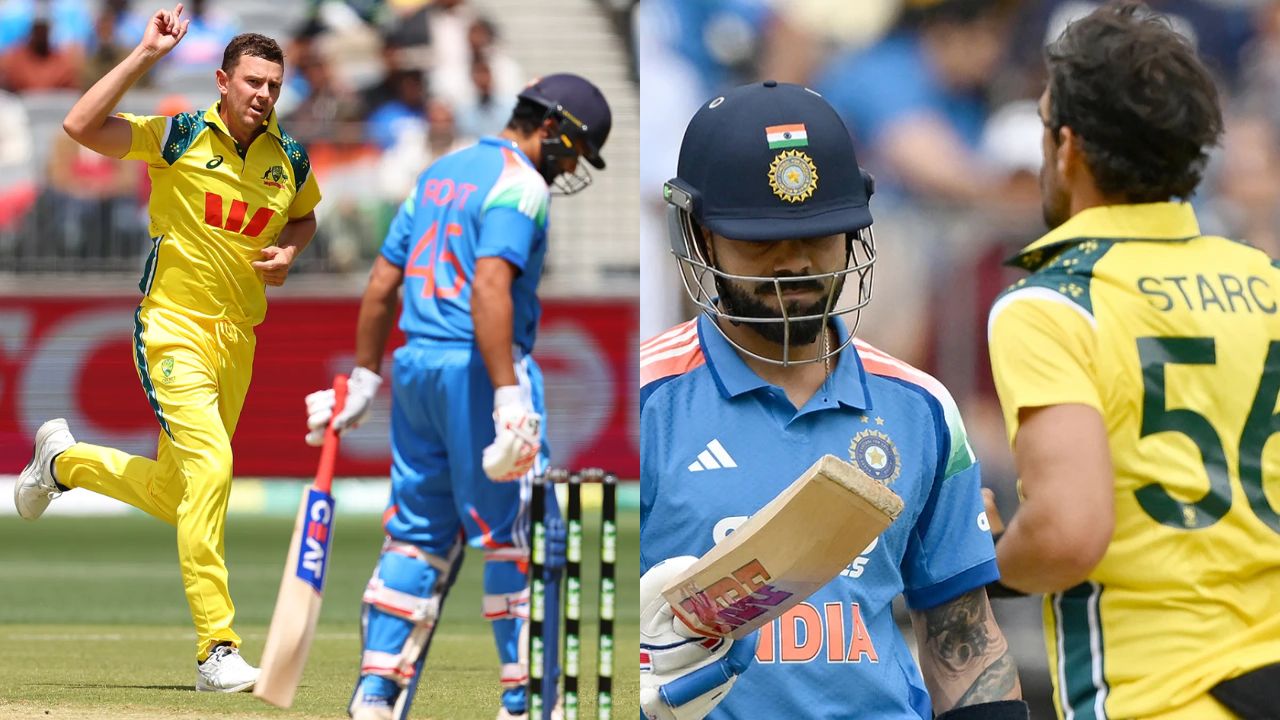Is Duckworth Lewis Stern Method in Cricket Fair Enough To Provide A Justifiable Result?
Published - 28 Oct 2022, 02:55 PM | Updated - 23 Aug 2024, 12:14 AM
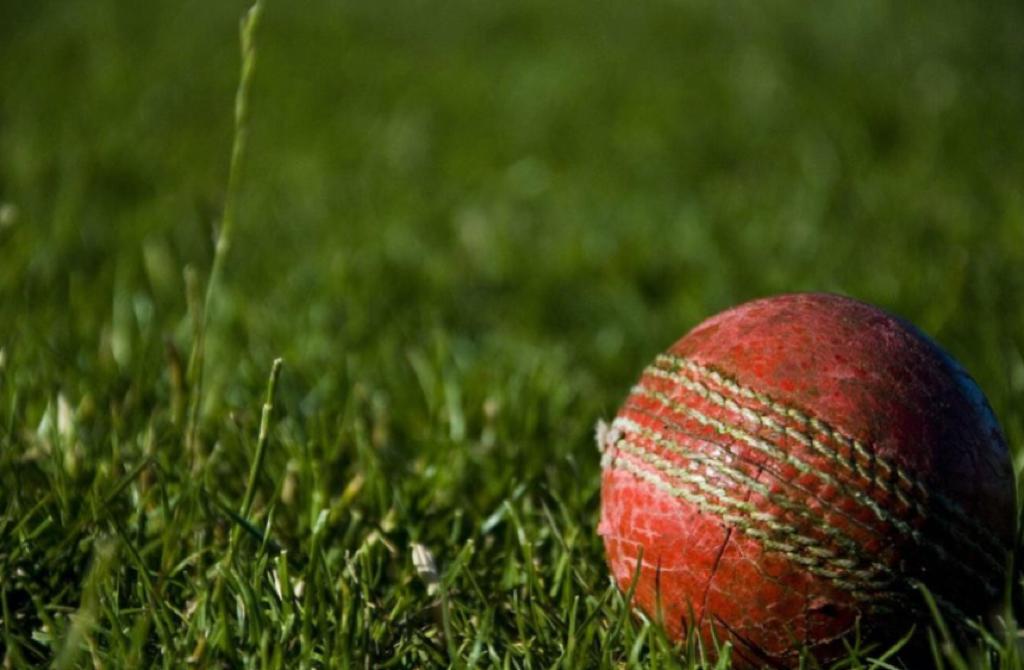
The Duckworth-Lewis-Stern (DLS) method is a statistical way of resetting the target score in a limited overs cricket match when the play is interrupted by bad weather. It’s designed to produce a fair result, but many cricket fans think it’s flawed. Let’s take a closer look at the DLS method and see if it’s really as unfair as some people think.
What is the Duckworth-Lewis-Stern (DLS) method?
DLS is a mathematical formula used to calculate the target score for the team batting second in a limited overs cricket match interrupted by weather or other circumstances. It is generally accepted as the standard method for target setting in interrupted one-day matches, although other methods are sometimes used in Twenty20 cricket. The basis of the DLS method is to calculate what the scoring rate would have been if there had been no interruption, and then to use this as a basis for setting a new target score.
The key inputs to the calculation are:
- The number of overs remaining when play is interrupted.
- The number of wickets lost by the team at that point .
- The current run-rate.
How is the DLS method used in cricket?
The Duckworth-Lewis-Stern (DLS) method is used in cricket to calculate the target score for the team batting second in a rain-affected limited overs match. The DLS method was devised by two English statisticians, Frank Duckworth and Tony Lewis, and published in 1998. It was later modified by another English statistician, Steven Stern, and published in 2012. The DLS method is used to calculate the target score when the match is interrupted by rain. The target score is the score that the team batting second needs to reach to win the match, taking into account the fact that they have fewer overs to reach that score. The DLS method is complex, but it can be summarised as follows:
- The game situation is analysed to determine which team is ahead and by how much. This analysis takes into account the number of overs remaining, the number of wickets remaining, and the run rate.
- A mathematical model is used to simulate how many runs the team batting second would need to score if they had the same number of overs as the team batting first.
- The target score is then adjusted to take into account the fact that the team batting second has fewer overs remaining. The target score is reduced by a certain amount for each over that has been lost due to rain.
- The adjusted target score is then further adjusted to take into account any advantage that either team may have gained or lost due to Duckworth-Lewis-Stern calculations during previous matches in a tournament or series. This final adjustment is known as the “rolling average”.
What are the benefits of using the DLS method in cricket?
There are a number of benefits to using the Duckworth-Lewis-Stern (DLS) method in cricket. Firstly, it is far more accurate than the previous system, which relied on estimating the number of runs that could have been scored in a completed innings. This often resulted in unfair results, as it was difficult to accurately predict how many runs would have been scored. The DLS method takes into account a number of factors, including the number of overs remaining, the required run rate, and the wickets remaining. This means that it is far more accurate, and results in a far more justifiable result. Another benefit of the DLS method is that it is much easier to understand. The previous system was often confusing and led to arguments on the field of play. The DLS method is straightforward and easy to follow, which helps to avoid such arguments. In conclusion, there are a number of benefits to using the DLS method in cricket. It is far more accurate than the previous system, and results in a much fairer result. It is also easier to understand, which helps to avoid arguments on the field of play.
What are the criticisms of the DLS method?
The Duckworth-Lewis-Stern (DLS) method is a mathematical formula used to calculate the target score for the team batting second in a one-day cricket match interrupted by bad weather. The DLS method was introduced in 1997 as a replacement for the previous system, which was based on estimating what the team’s scoring rate would have been if the match had been played to completion. The DLS method has been criticized for being too complex and difficult to understand, as well as producing results that are often seen as unfair. Some commentators have suggested that it is time for the DLS method to be replaced by another system, such as the resourceful run chase method.
Is the DLS method fair enough to provide a justifiable result?
There is no single answer to this question as it is a matter of opinion. The Duckworth-Lewis-Stern (DLS) method is a mathematical formula used to calculate the target score for the team batting second in a limited overs cricket match, when the match has been interrupted by bad weather. Critics of the DLS method argue that it is unfair on the team batting second, as they are often not able to complete their full quota of overs due to weather interruptions. This can lead to a situation where the team batting second is chasing an impossible target, and as a result, the match ends in a foregone conclusion. Supporters of the DLS argue that it is a fair and just way to calculate a target score, as it takes into account all of the relevant factors such as number of overs remaining, wickets in hand and run-rate. They believe that it is important to have some form of target, in order to ensure that both teams have something to play for in the remaining overs. Ultimately, it is up to the individual cricketing boards to decide whether or not they will continue to use the DLS method in competitions under their jurisdiction. There are many fantasy sports platforms like Dream11 which is affected becasue of this DLS method as the outcome is sometimes unfair.You can find a lot of reviews about various sports betting websites on casinoreviewers.com.
How does the DLS method compare to other methods used in cricket?
The Duckworth-Lewis-Stern (DLS) method is a mathematical formulation used to calculate the target score for the team batting second in a limited overs cricket match interrupted by weather or other circumstances. It is generally accepted as the most fair and accurate way to set a target score, although it has been criticized for not being “simple enough for everyone to understand”. Other methods used to set target scores in cricket include the VJD method and the 1969/1987 methods. These older methods are considered to be less accurate than the DLS method, and are often replaced with DLS when matches need to be re-calculated.
What are the implications of using the DLS method in cricket?
There is no one perfect way to calculate the result of a cricket match that has been disrupted by weather, and the Duckworth-Lewis-Stern (DLS) method is one of the most commonly used methods. The DLS method is a statistical model that takes into account the number of overs remaining in the innings, the number of wickets lost, the run rate, and other factors to produce a fair result. While the DLS method is generally considered to be fair, there are some criticisms of it. One criticism is that it does not take into account the quality of the batting line-up – for example, if a team has lost several early wickets, they may be more likely to struggle to score runs even if they have overs remaining. Another criticism is that it can be difficult to understand for spectators and fans, which can take away from the enjoyment of the game. Overall, the DLS method is a fair way to calculate a result in a cricket match that has been disrupted by weather, but there are some limitations to it.
What are the future prospects for the DLS method in cricket?
The Duckworth-Lewis-Stern (DLS) method is a mathematical formulation used in the sport of cricket to calculate the target score for the team batting second in a rain-affected limited overs match. The method was devised by two English statisticians, Frank Duckworth and Tony Lewis, and originally published in 1998. It is generally accepted that the DLS method provides a fair and equitable result in the vast majority of cases, however there are some situations where it can be seen to produce unfair or even absurd results. One such case occurred during an ODI match between India and Sri Lanka in November 2014. In this match, Sri Lanka were ahead of India by 22 runs on the DLS table when play was halted due to bad light. When play resumed, Sri Lanka were set a revised target of 48 runs from 6 overs (i.e. 8 balls per over). This equation resulted in Sri Lanka requiring 9 runs from the final over to win, which they duly achieved with 2 balls to spare. There have been calls for the DLS method to be replaced with a more equitable system, such as the VJD method proposed by Jayadev Unadkat, which takes into account factors such as wickets lost, overs remaining and run rates. However, there is no perfect solution and it is unlikely that any system will ever be completely fair in all circumstances. The future prospects for the DLS method therefore remain uncertain.



